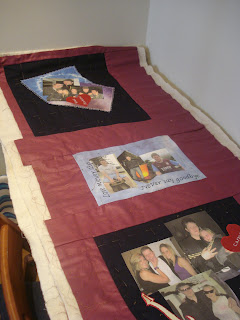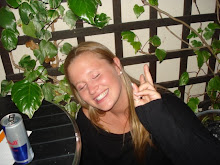
I wanted to relate school and my project together. I brought a sewing kit for children. I thought that this related to my project really well. Children should be taught in primary school how to sew. This activity is really simple. The children are given needles and thread and they have to thread the thread through the holes that have already been made in the foam.
This activity relates to mine really well. The children have the opportunity to make something that they can keep.

All you have to do is go in and out of the holes with the needle.























































